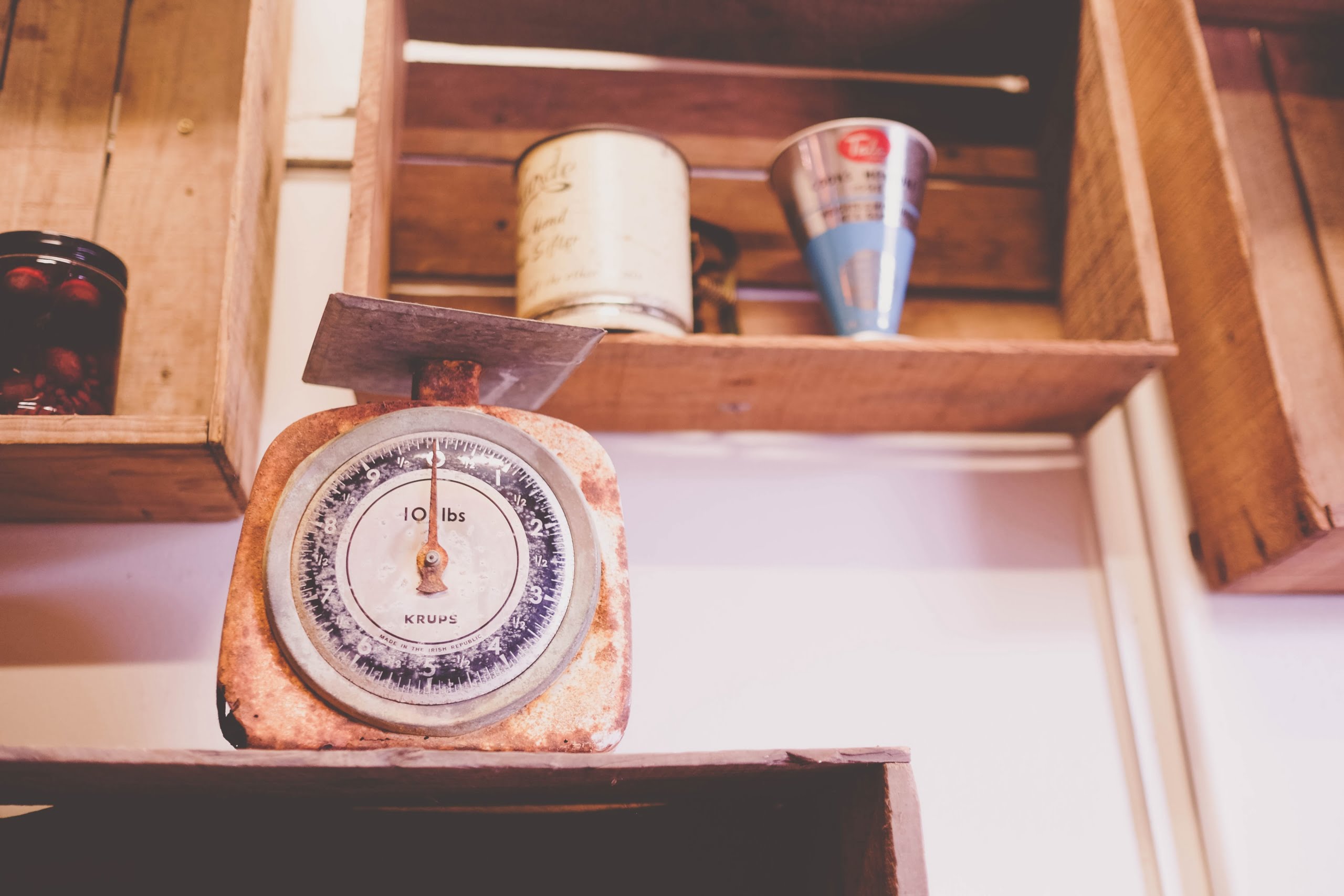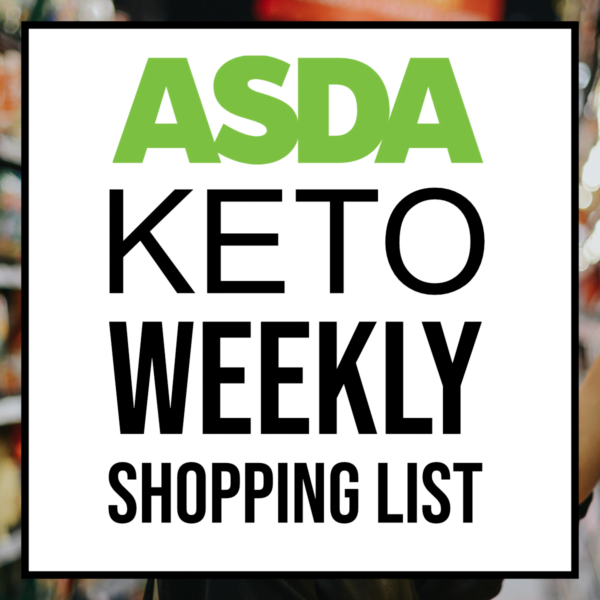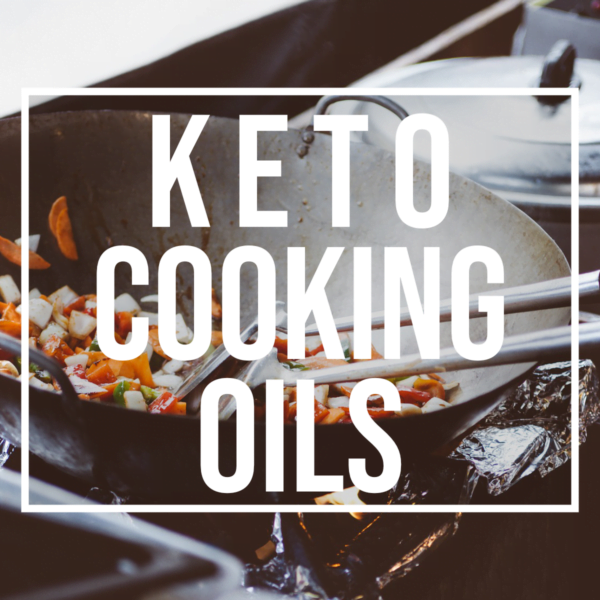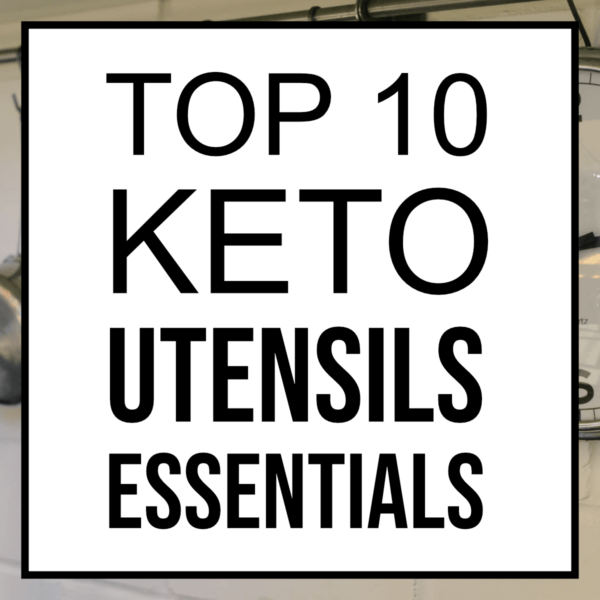How to portion control on keto using kitchen scales

If you’ve done some research on the keto diet before, you’ve probably heard people saying that you can eat as much as you want. Sounds great right? All I need to do is just make sure I stick to my carb limit (around 20g). It’s just not true.
With any diet it usually boils down to calories in vs calories out (CICO). If you eat (or drink) more calories that you expend then you will put on weight. It doesn’t matter if the calories come from just meat or sweets.
So why do a keto diet? The food that you eat on a keto diet is rich in fat and protein that will fill you up quickly and more importantly keep you feeling fuller for longer. That means you won’t want to eat as often as you would on a standard diet full of sugar. When we consume sugar we tend to experience sugar highs and lows, which may make you reach for a snack more often. All those empty calories add up without you even realising it!
So how do I make sure I don’t eat too much on the keto diet? The answer is portion control.
Portion control using scales
One of the easiest ways to limit your food intake is to weigh your food when preparing your meal. When you first start doing it you may be surprised by just how many calories are in certain food items. I know I did.
Get yourself a good set of kitchen scales. Preferably a digital set as analogue ones can be inaccurate and difficult to read.
Digital kitchen scales
You’ve got a few choices to make in selecting your scale. I’ve found that having a large scale big enough to hold a plate really helped my with my portion control. However, if you’re limited on kitchen counter space then a small one may be better. It’s up to you to find one that work’s best for you.
You don’t need to spend a fortune as scales really don’t vary that much. My recommendation is to get a cheap one to start off with and upgrade when you need to. Perhaps as a goal reward? I personally own a set of both (see below) and have found myself just using the large one now.
Salter Kitchen Scale – Chrome and Silver
Recommended best large kitchen scale at 37x28x4 cm. Total max capacity is 15kg.

This scale sits on my kitchen counter all the time. It’s big enough to hold a large dinner plate and still be able to see the readout.
As an added feature it also has a glass top which can be used as a chopping board in a pinch. Though I don’t usually recommend using a glass chopping board as it can blunt your kitchen knives quickly.
Salter Arc Digital Kitchen Scales
Recommended best small format kitchen scale at only 18×2.5×17.8 cm. Total max capacity is 3kg.

I originally purchased a set of these in Asda quite a few years ago. Most supermarkets stock this particular scale as it’s one of the most popular scales on the market. It’s got an average rating of 4.4 / 5 on Amazon with over 1,406 total ratings. It’s cheap too!
Make it a habit
I tend to always leave my kitchen scales out on the kitchen counter. I noticed that if they’re not there within easy reach I would end up just guesstimating portion sizes and half the time I was usually quite far off! This led me to consuming an extra couple of hundred calories a day which soon adds up.

When I’m making my morning bulletproof coffee I pop the measuring jug on the scales, zero the scales and add the ingredients one by one, zeroing each time. I then record the items in a fitness tracker like MyFitnessPal. Once you’ve done this a few times you’ll notice that you can estimate the weight and portion size without even using a scale.
Try it out for a week, measure everything you eat. You’ll be surprised at just how many calories are in butter and oil. The other end of the spectrum is always interesting too, you’ll soon realise how good vegetables are!


